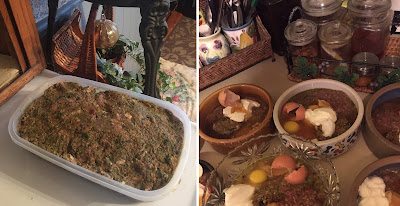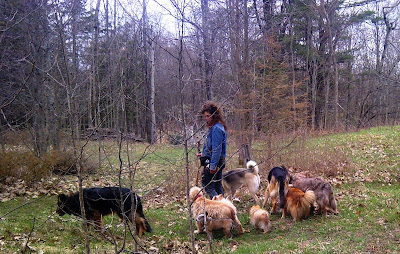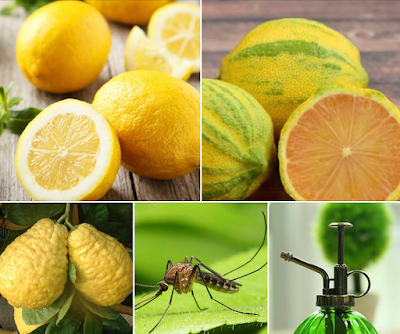TO HELP YOUR DOG MOVE PAST GRIEF, DEPRESSION
Dogs can suffer from depression and/or grief for many reasons. Depression and/or grief may be triggered by:
- The passing of a loved one (another dog, cat or other non- human animal companion or human companion);
- When someone that the dog is close to (human or non-human) goes away for a short or extended period of time;
- When the dog's human or non-human companion is ill, depressed or grieving.
When your dog is depressed he/she really needs you to help
her rise above depression. Feeling grief is good and natural and allows us to
appreciate all we loved and will continue to love about someone we were close
to. To honour this state (respect and acknowledge it) is sensible and wise as
to move forward and beyond we must pass through this state. The key is to move
forward and pass through. If you are still grieving it reinforces your dog’s
state of grief and depression. Now it is pretty difficult for you not to grieve
but what you can do is work with your dog, as a team to pull each other through
this time.
If you feel bad for your dog you will reinforce his/her depression
- you give your dog the message that she is in a state that she can and should
remain in. This message will hamper and could completely disable her from
passing through the state and forward. Instead respect the state but treat her
with calm, confident love and encourage her to do the things she normally
enjoys doing. If you can be patient and push yourself to get her out and about
- if you can relax and enjoy seeing her engaging, she will work with you and
move forward beyond this grieving stage.
At this time more than any other times you need to help
her reconnect with the dog that she is. Take her for brisk daily walks, if you
can walk her with other dogs, bring her to a dog park, and bring her to pet
supply stores where she will be encouraged to use her nose - explore and
engage.
When we sit and mourn we get more depressed, when we
don't get out and active we feel more depressed. Physical activity releases
chemicals in our bodies that make us feel better - so too for dogs. You need to
get her to engage with the outside world on a daily basis and expend energy -
this will start to lift her spirit.
How we feel profoundly effects our dogs and resonates
with them. If you are confident and committed to getting her out and about on a
daily basis she will start to re-engage with life. Psychological stress also takes a toll on our bodies' good flora - the good bacteria in our gastrointestinal tract (GI Tract) - this is also true for a dog's GI tract. The GI tract part of the immune system and is one of the body's first lines of defense against invasion by microbes and parasites. Lack of balance in the GI tract's flora can also contribute to anxiety, depression and lethargy. You may want to consider adding a probiotic to your dog's diet - either by adding fresh foods that are naturally high in probiotics or by adding a good probiotic supplement.
A lack of balance in the amount of Omega Fatty Acids can also contribute to depression. Commercially manufactured dry dog food (and I have looked at many) is not - despite what the manufacturer may claim 'nutritionally complete'. If you are buying per-prepared raw food for your dog you still need to supplement with Omega-3 fatty acids. To protect your dog's mental and physical health, your dog should be ingesting good quality omega-fatty acids in a ratio of 2 parts Omega-3 to 1 part Omega-6 on a daily basis. Take a look at the nutritional facts on the product you are feeding your dog - you will see the Omegas are not balanced. To understand the impact of insufficient daily intake of Omega 3 on your dog's mental state read this. To understand the impact on your dog's physical state read this.
If, in addition to grief, lack of good bacteria in the GI tract and insufficient intake of Omega-3, your dog is also carrying a toxic load his/her system, is under even more stress. Take a look at your dog's food and see if any of the toxins and carcinogens listed in this article are present in your dog's diet.When we are grieving we may not want to eat. See if you can encourage your dog by adding,good fresh whole foods to his/her diet. You can always make a batch of homemade food if you have the time.
Foods that are naturally blue - i.e. blueberries, blackberries, purple cabbage, purple kale actually contain a substance that helps to alleviate depression.
When a dog is depressed - the best approach is a holistic approach, just as it would be for a human.
A lack of balance in the amount of Omega Fatty Acids can also contribute to depression. Commercially manufactured dry dog food (and I have looked at many) is not - despite what the manufacturer may claim 'nutritionally complete'. If you are buying per-prepared raw food for your dog you still need to supplement with Omega-3 fatty acids. To protect your dog's mental and physical health, your dog should be ingesting good quality omega-fatty acids in a ratio of 2 parts Omega-3 to 1 part Omega-6 on a daily basis. Take a look at the nutritional facts on the product you are feeding your dog - you will see the Omegas are not balanced. To understand the impact of insufficient daily intake of Omega 3 on your dog's mental state read this. To understand the impact on your dog's physical state read this.
If, in addition to grief, lack of good bacteria in the GI tract and insufficient intake of Omega-3, your dog is also carrying a toxic load his/her system, is under even more stress. Take a look at your dog's food and see if any of the toxins and carcinogens listed in this article are present in your dog's diet.When we are grieving we may not want to eat. See if you can encourage your dog by adding,good fresh whole foods to his/her diet. You can always make a batch of homemade food if you have the time.
Foods that are naturally blue - i.e. blueberries, blackberries, purple cabbage, purple kale actually contain a substance that helps to alleviate depression.
When a dog is depressed - the best approach is a holistic approach, just as it would be for a human.
Holistic Diet, Nutrition, Wellness Services Tailored to Your Individual Dog and Cat
For information about my holistic diet, nutrition and wellness services, visit my holistic wellness services page.
Maintain good health | Address acute and chronic health issues | Pre and post surgery support and recovery
My holistic wellness services are available worldwide via video consultation.
🌎 USA | Canada | UK | Europe | Australia | New Zealand | Asia | South and Central America | Africa | UAE
📱FaceTime | Facebook | Skype | WhatsApp
To set-up your holistic wellness consultation get in-touch via email, go to my contact me page.
Holistic Behavioral Services for Your Dog
For information about my holistic behavioral services, visit my holistic behavioral services page.
For dogs of all ages, sizes and breeds.
My behavioral services are available worldwide via video consultation.
🌎 USA | Canada | UK | Europe | Australia | New Zealand | Asia | South and Central America | Africa | UAE
📱FaceTime | Facebook | Skype | WhatsApp
To set-up your holistic behavioral session get in-touch via email, go to my contact me page.
Affiliations to Companies
✓ None.
✓ I don't sell food, supplements, or other products.
✓ I'm not aligned with any companies.
Article and graphics by Karen Rosenfeld.










